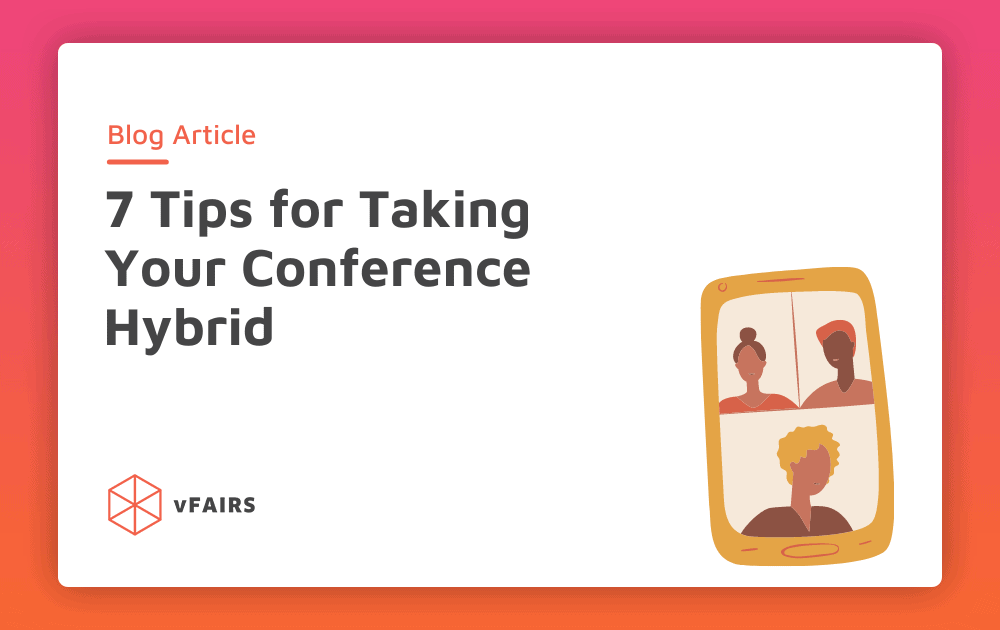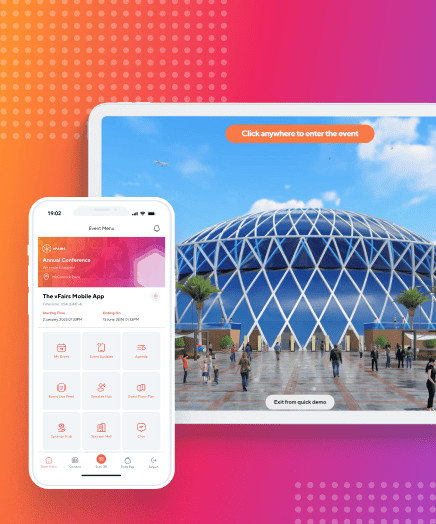Special thanks to the Covid-19 pandemic, planners are now becoming more comfortable when it comes to creating digital meetings. Many of the organizers now believe virtual meetings are here to stay forever. According to others, it will be essential to incorporate a few digital components into most of the in-person events that are being planned again.
At the same time, creating a successful hybrid event is still not at all a matter of streaming sessions, simply from a socially distanced ballroom. According to many experts and venue representatives who have recently hosted such conferences, there is a long list of ideas and examples regarding how to get the most from a hybrid event platform or a multichannel gathering.
Why Do People Prefer Hybrid Events?
A hybrid event is defined as one that combines a face-to-face event organized at a physical location with a “virtual” event organized online for remote attendees. Hybrids are likely to see widespread adoption as physical meetings reemerge from the pandemic due to a number of reasons. Some of the prominent ones are:
- Some attendees have no desire to travel to the event due to the fear of contagion or other health concerns.
- Due to economic downturns, likely there will be reduced travel funds available for attendees.
- With no travel time, a few attendees may simply accept remote event attendance being an acceptable substitute for them. Plus, no travel cost and much reduced environmental impact.
- The best virtual component is offering the possibility of opening up to larger audiences with markets that are new and/or geographically dispersed. This was not easy during physical meetings alone.
- Last but not least, due to reduced occupancy from onsite physical distancing.
- Due to reduced occupancy from onsite relevant guidelines about physical distancing, there is a lack of enough space to arrange larger events at venues.

What are Hybrid Events?
Hybridization is a famous phenomenon that adds event technology tools into the traditional event flow. This is done to create new types of attendee experiences as well as generate new ways to increase engagement during the event. For an event to be hybrid, there must be a live gathering having at least one group of attendees sitting face-to-face, while also connecting with the other remote participants.
If you’re wondering about the best possible way on how to organize hybrid events, it is important to ensure that you’ll be offering both unique and multiple experiences for a wide variety of audiences. Keeping in mind that it will be in different parts of the world. This makes your primary concern that is to have a much wider range of options in order to engage attendees, combined with the best lead capture tools. This will magically digitize live interactions with virtual event features.

7 Tips to Plan the Perfect Hybrid Conference
In 2021, organizing successful hybrid events essentially needs organizers or planners to define a hybrid strategy that not at all dismiss issues such as venues’ capacity, different time zones, registrations, and check-ins. Basically, as a planner, you need to ensure that the entire event process must run smoothly and safely. This is meant for both, virtual and live settings.
Let’s have a look at 5 keystones for a strategic roadmap:
1.Set Well-Defined Goals
To fulfill a desire to create an engaging hybrid event experience, the organizer needs to establish clear and well-defined objectives. For example, your goals may vary and can range from simply improving customer satisfaction to generating direct revenue.
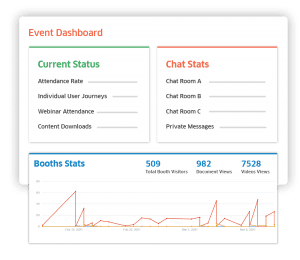
2. Establish a Budget
There are a few important requirements that fall within the most relevant solutions for virtual and hybrid events to which you must pay attention. Also, you need to allocate a good amount of your budget. A few clear examples include streaming services, content development, video production, good internet connection, and also a virtual event platform.
3. Know Your Audience
When it comes to hybrid events, having a wide range of audiences with a high propensity to consume your content in a variety of ways and timings is normal. With this point in mind, you need to make sure that the outcome will be successful anyway, although these heterogeneous groups will surely experience your event in many different ways.
The good news at this point is that with audiences coming from many different places, time creates more than just challenges. In this case, it usually creates opportunities.

4. Work with Venue Partners
A successful hybrid event is all about having a strong partnership with the venue. This is the venue that will be hosting the in-person or physical meeting. In this case, not only having a strong on-the-ground A/V team dealing with technical issues along with high-speed internet access is crucial, but also tailoring production for remote attendees with the help of optimized room layouts, technology tools, and breakout spaces are equally essential.

5. Consider External Factors
Some important external factors that may affect your event include social trends, digital transformation, technological, and political factors. For example, safety and public health measures have a higher influence on the decision regarding where and how to hold the event. Or even whether or not to proceed with a hybrid event at the moment.

6. Measure Succes
Hybrid events are best known for offering a double opportunity for event organizers. Just like live events benefiting from event tech tools in order to collect reports and analytics. If “How will you be measuring your key performance indicators?” is the key question, the answer needs to be strictly related to your event goals. Making it simple, for the main objective to increase revenue, future sales generated should be focused on.
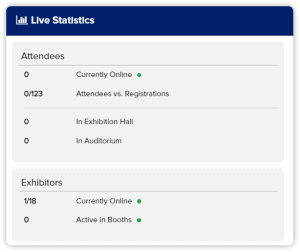
7. Bring Your Hybrid Audience Together
Connecting your virtual and physical audiences with each other is as important as hosting a hybrid event itself. Always Livestream your physical events so you can get more eyeballs.
Networking is one of the easiest way through which you can bring your participants together. In short, audience participation and interaction in a hybrid event are essential things. The issue of where to gather your attendees and how to connect them is perfectly solved by a good virtual event platform.
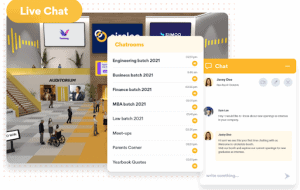
Conclusion
Wrapping up the discussion, there are endless advantages of the digital part of a hybrid event. But the major advantage is that the content you shared can easily be captured. Later this content is available for on-demand use when the meeting finally ends.
One of the other tips to remember include keeping session chats open after the event as it acts as a community resource center. A few more include trading virtual business cards and encouraging guests to share as well as create connections. These connections will be based on the virtual meeting and recording sessions for the missing ones.
For more information, click here and learn how to host the best hybrid event.
See the Virtual Event Platform in Action
Schedule a vFairs Demo and We’ll Connect Shortly!

